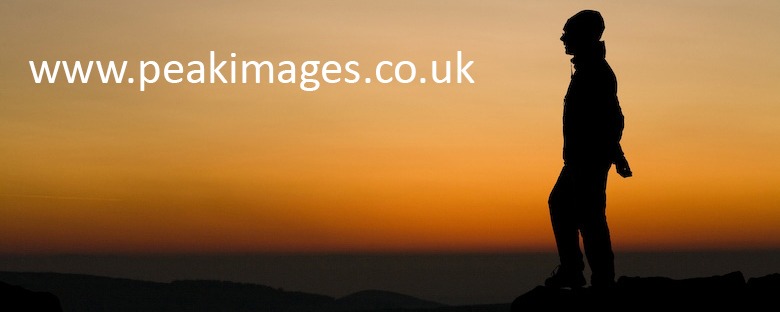A recent furore over Terje Helleso’s award-winning image of a lynx raises the question once again as to what is ethically acceptable practice for wildlife photographs. And as a pro, I have to also point out that there is an oft-competing question of what is commercially viable practice – and the two are often interlinked and diametrically opposed.
While it is clearly unacceptable to nick someone else’s shot to combine into your own (as has been alleged in this case) as that’s basic theft (also known as breach of copyright), or even “photoshop” or merge together two totally different shots (taken in seperate places, times or of different scenes or species) and then claim the resulting composite is a “natural” image that was shot in the wild – which appears to be what happened with Terje Helleso’s lynx, is it unreasonable for wildlife photographers to combine images in a way that is visually pleasing to the eye, or perhaps uses tame or trained animals to recreate the look that would be nigh-on-impossible to actually capture in the wild for advertising shots?
In my opinion (which I fully reserve the right to change over time 🙂 ) that depends.
- If the shot is being used to show the “reality” of something wild, then if the shot was not shot with a wild creature doing what it does naturally, then that should either be declared as a recreation of a potential shot (ie shot with wildlife/tame models) or it shouldn’t be used.
- But if it’s just as an eye-catching background with no specific relevance to what a visitor to the region might reasonably expect to see, then commercial pressures will undoubtedly dictate that the shot is got in the fastest, most economical way possible. And this may well be with a tame or “model” creature, who can be relied upon to be in the right place in the shot with the right behaviour. It might even dictate that the creature is photoshopped into a more pleasing, but (hopefully still realistic) background. As opposed to spending perhaps weeks or even months or years tracking down the creature in question, habituating it to the presence of a camera and/or hide, working out when and where is the best chance of getting the shot, then waiting for it to perform in it’s own time. Often at a base far from home, with all the associated costs.
Sadly these days given the extremely low rates being offered for images of all sorts (wildlife included) by many out there (and the curse of the “images should be free” mentality among those who haven’t a clue how much time, effort and cost can go into getting a shot, especially when it’s your livelihood, not “just” a hobby!), even that may not be enough to cover the costs of doing such a shot.
While I’m not condoning the practice of photoshopping wildlife into place and claiming the end result as a “natural” or “wild” image, is it any wonder that photographers, even relatively well-known ones, turn to Photoshop in some circumstances to ease the commercial pressures of making a living? If viewers wish to continue to see “real” wildlife images, perhaps they should consider the costs that go into being in the right place to get such shots, let alone the costs of the photo gear needed to get such images!
(NB All my wildlife shots are “real” in that they are not photoshopped from other images, or the creature “moved into place” by Photoshop etc. I don’t generally use a hide (as I don’t have the patience!), they are shots that I happen across in the course of my wanderings through wild and natural places, and sometimes are the result of going to specific areas to give myself a better chance of getting the shot I want, such as the Emperor penguin colony at Cape Washington in Antarctica. In some of those places the creatures may sometimes be getting a little more used to photographers (especially where they are regularly fed – eg red squirrels at frequently visited woodlands such as Formby or near Cairngorm) than might be naturally expected, and there are also the occasional shots I take of tame or domesticated creatures – eg the eagle owl in the gallery below.
[photoshelter-gallery g_id=’G0000VQOS6VKtJCI’ g_name=’Natural-World’ f_show_caption=’t’ f_show_slidenum=’t’ img_title=’fname’ pho_credit=’iptc’ f_link=’t’ f_send_to_friend_btn=’t’ f_fullscreen=’t’ f_topbar=’t’ f_bbar=’t’ f_show_watermark=’t’ f_htmllinks=’t’ f_mtrx=’t’ fsvis=’f’ width=’400′ height=’300′ bgcolor=’#DDDDDD’ btype=’old’ bcolor=’#CCCCCC’ crop=’t’ twoup=’t’ trans=’xfade’ tbs=’4000′ f_ap=’t’ bgtrans=’f’ linkdest=’c’ f_constrain=’f’ f_bbarbig=” f_enable_embed_btn=’f’ f_smooth=’f’ f_up=’f’ target=’_self’ ]

